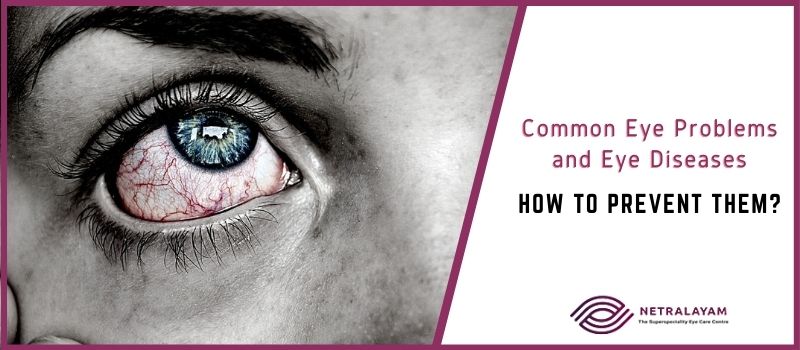Committed to Eye Care with Compassion, Technology and Competency
Committed to Eye Care with Compassion, Technology and Competency

6/7/2021
Eyesight is a very critical component of the five senses. Therefore, it is crucial to take proper care of it. However, most people experience vision problems, and these vision problems tend to increase with age. In addition, some eye problems may be minor, whereas some can be serious, causing even vision loss.
Dry eyes, whose primary cause is lack of tears, can cause impaired vision and significant eye discomfort, usually in both eyes. Symptoms include redness and a scratchy sensation in both eyes, light sensitivity, stringy mucus in the eyes, watery eyes, eye fatigue, and blurry vision. Some people can also feel like there is something in their eyes.
The best method to prevent dry eyes is to wear sunglasses on windy, dry days and eat a healthy, nutritious diet rich in omega-3. Also, make sure you blink your eyes in between while working long hours on computers. You can also use the best eye drops for dry eyes.
Allergic conjunctivitis is a type of eye allergy-triggered when the outer part of the eye becomes irritated or swollen due to exposure to pollen, mold, dander, or other substances that release histamine into the eyes which causes the condition. The eyes may get itchy, reddish, and watery when this happens. Other symptoms of the disease include puffy eyelids, stringy discharge in the eyes, burning eyes, etc.
The best way to avoid this eye condition is to avoid contact with the substances that trigger your symptoms. Certain eye drops can also help prevent this. Additionally, antihistamines, levocabastine, and emedastine are also helpful in preventing the condition.
Glaucoma is a set of eye conditions that causes damage to the optic nerve and thereby impair good vision. The main culprit behind this condition is elevated high pressure in the eyes. This condition is serious and should be treated as early as possible because, over time, it can cause irreversible blindness.
The most common symptoms of glaucoma include blind spots in your central or peripheral vision and tunnel vision, often in both eyes. You can also experience bad headaches, blurry vision, eye pain, seeing halos around lights, vomiting and nausea.
Remember that all forms of glaucoma cannot be prevented. However, you can control your glaucoma from worsening. Also, treatment is often easier when you have an early diagnosis. Therefore, getting frequent eye care checkups, especially if you have diabetes, is essential.
You can also prevent glaucoma by exercising, which reduces eye pressure. Also, always wear protective eye gear while playing sports or working with power tools that may injure your eyes.
Comments are closed
